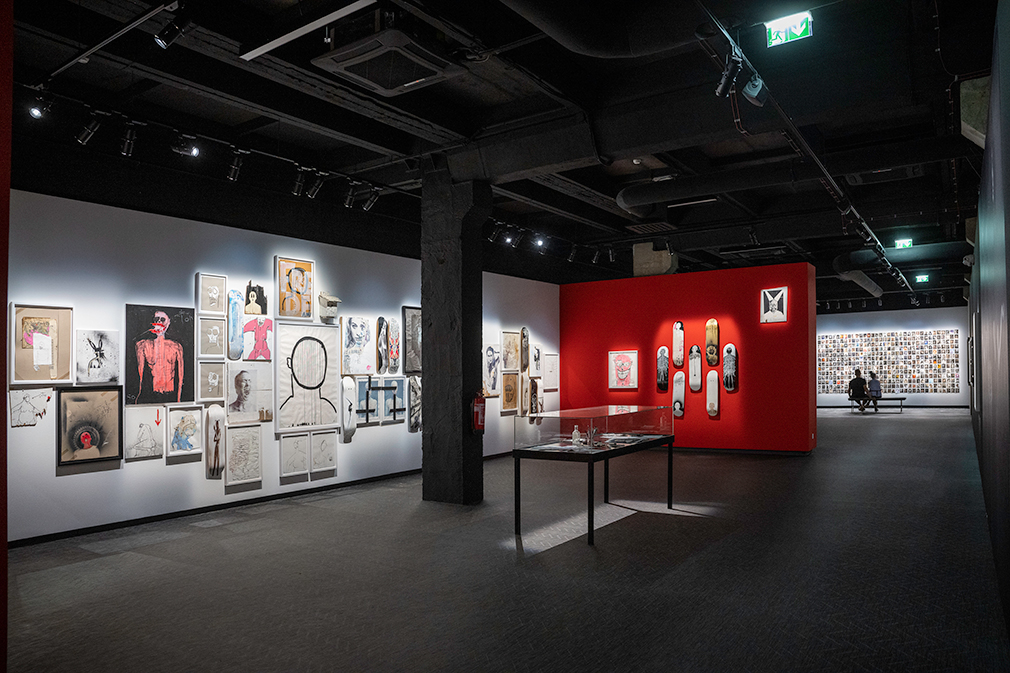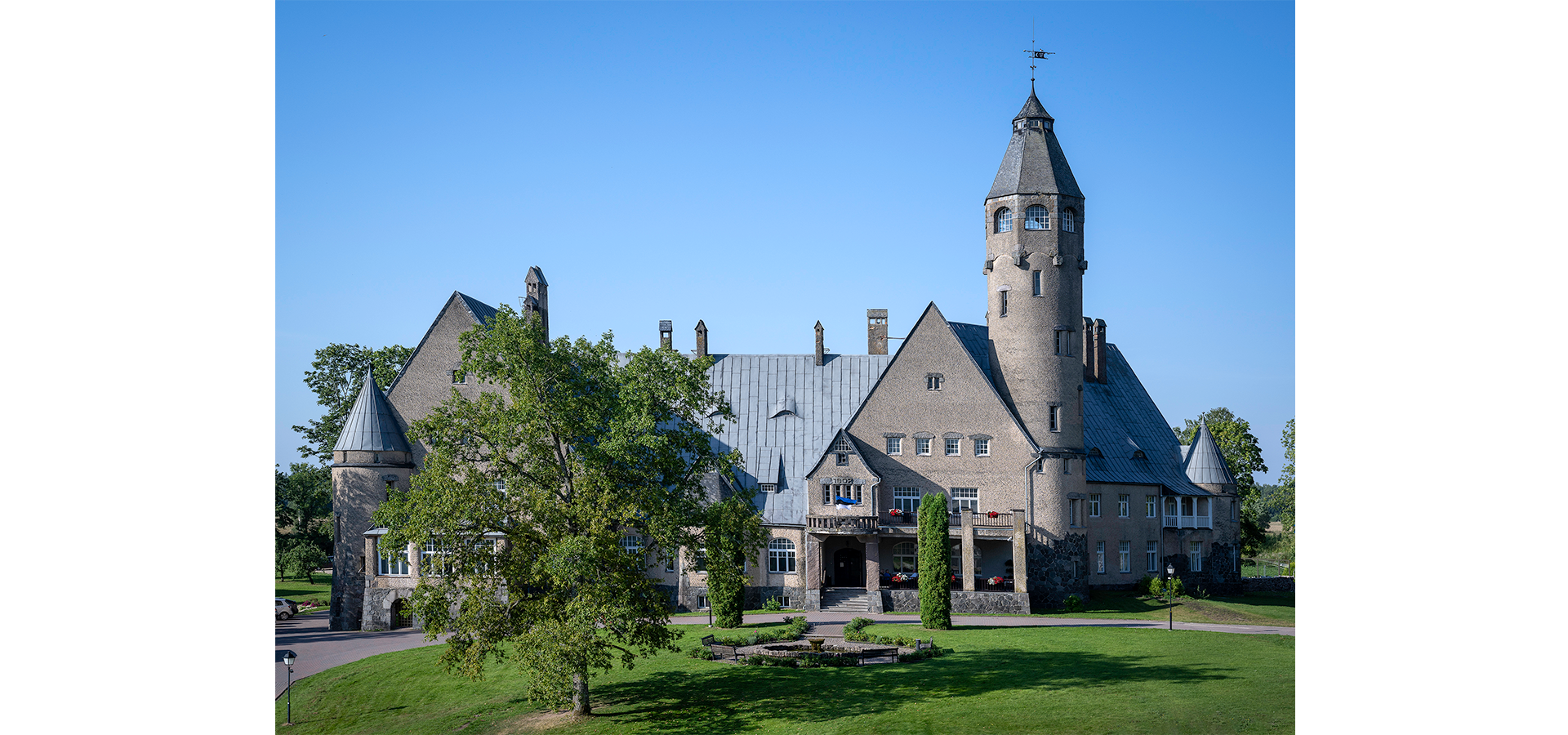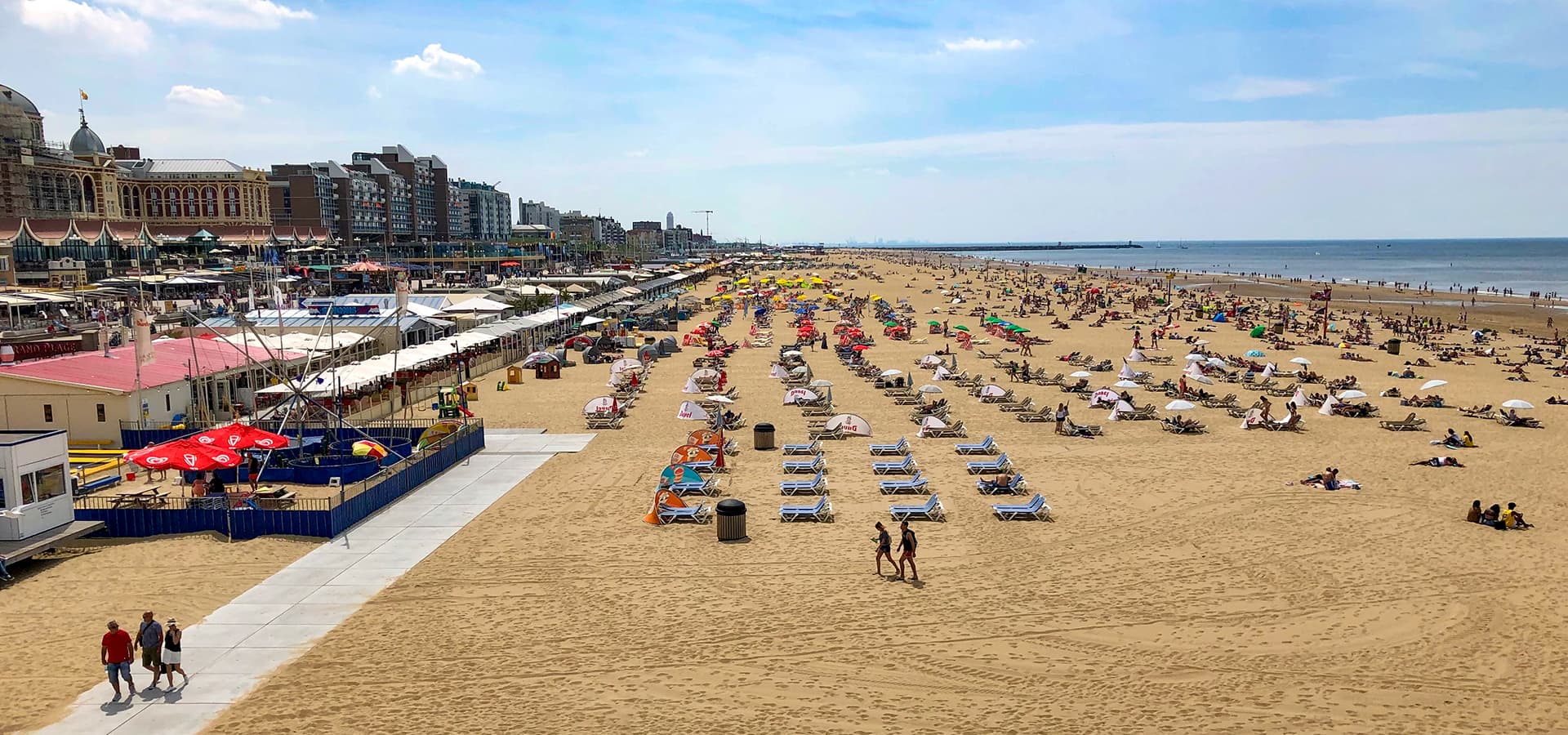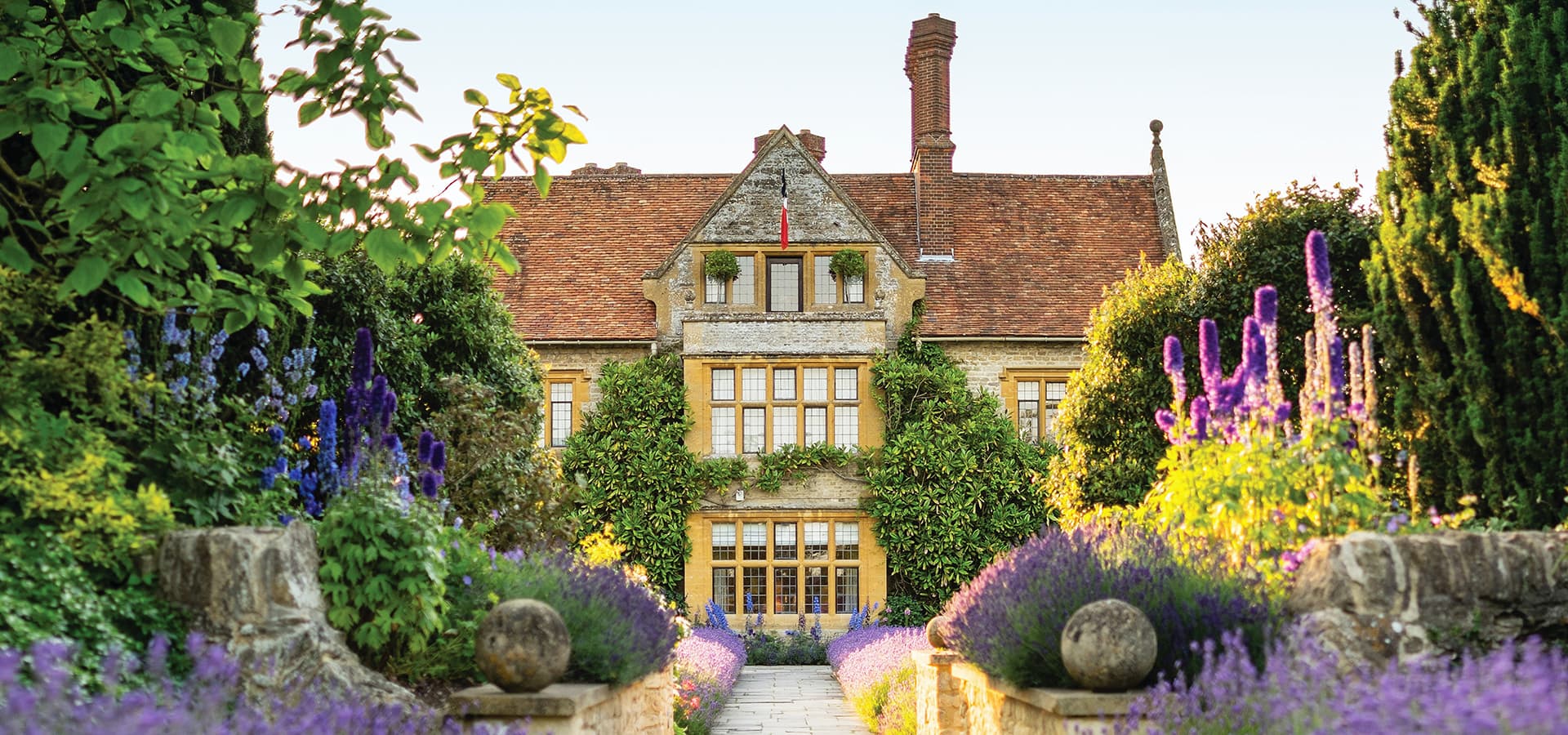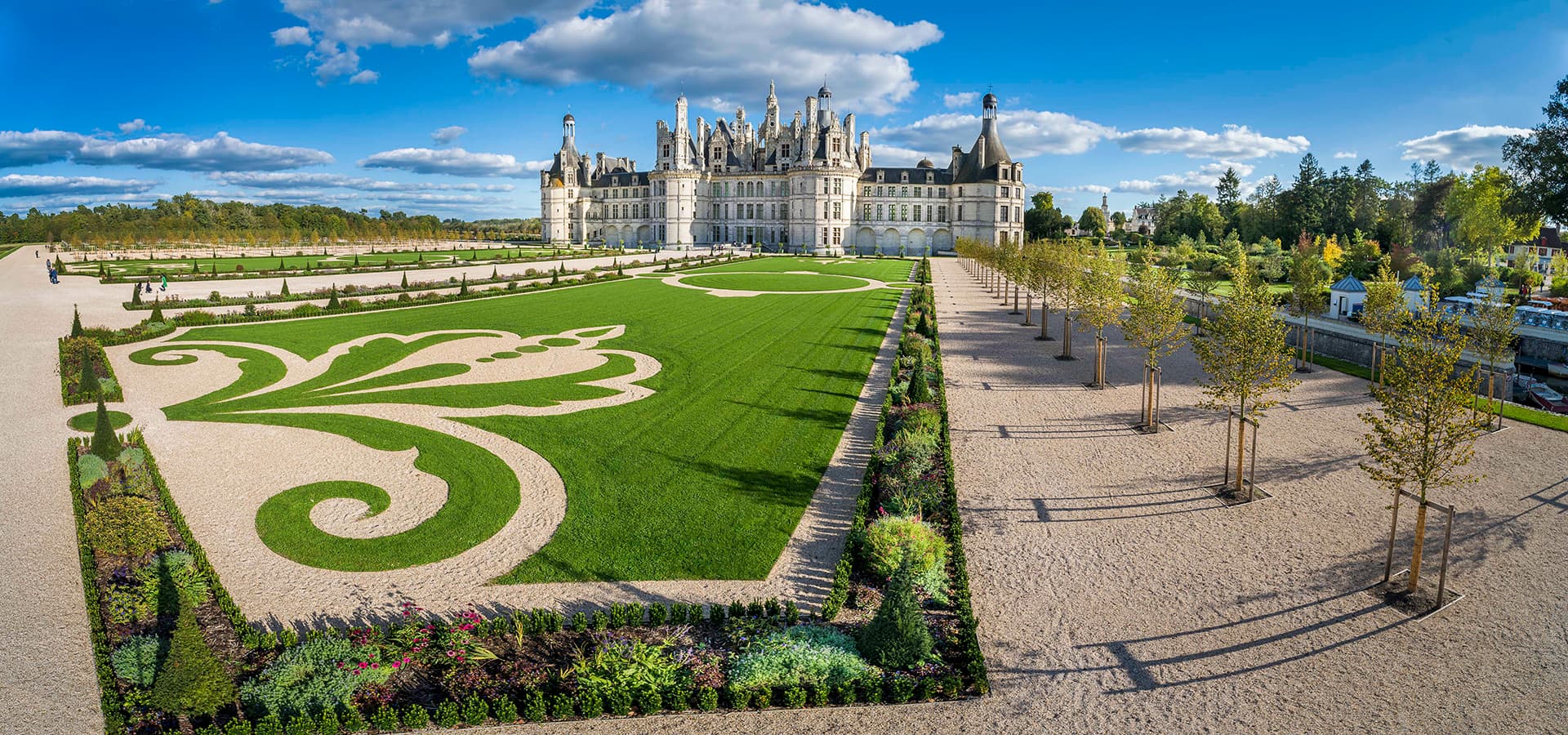In 1991 Estonia regained its independence with the collapse of the Soviet Union. Beyond that, I knew little about this country of 1.3 million people by the Baltic Sea. But part of the excitement of travel is making new discoveries. And Estonia is full of them, even for the most seasoned traveler.
For those who do visit Estonia, especially from the United States, it’s often only to the capital city of Tallinn by cruise ship to explore its UNESCO World Heritage Site “Old Town,” one of the best-preserved medieval cities in Europe. While honoring its past its denizens do not linger in it. The city as a whole has the highest number of start-ups per capita among European countries and is the birthplace of many international high-tech companies including Skype.
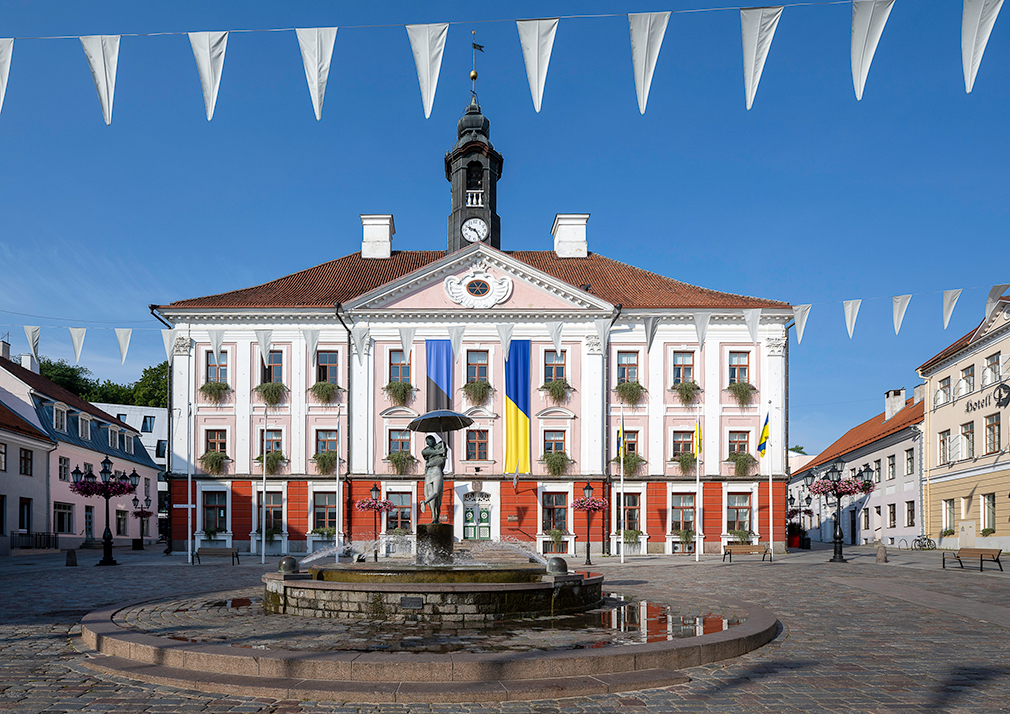
I base myself along with fellow journalist Adrienne Jordan at the Hotel Telegraaf for the first few days of our border-to-border exploration of Estonia. This Autograph Collection property incorporates the best of both worlds, old-world charm with modern luxury. It’s restaurant as well as nearby Restaurant Rado and Restaurant Lee – with its vegan options in an atmospheric outdoor setting – are among the great dining options in Old Town. Restaurant la Bottega is a fantastic option for those craving Italian cuisine. Since food is an integral part of any trip, I’m documenting dishes with an iPhone 13 Pro which can capture high-resolution macro images in low light as well as create shallow depth-of-field digital captures of food in the portrait mode.
There is no need for a rental car or the use of public transportation for those who choose to focus on the Old Town section of Tallinn though a good pair of walking shoes to navigate the serpentine cobblestoned streets is a must. A walking tour of Old Town reveals history around every corner and down every alley.

After two days exploring the capital it’s time to venture forth into the great unknown in a rental Eurocar delivered to our hotel. We set our onboard navigation system for the Rummu Diving Centre where dive master Rasmus Lehe provides us with tanks, wet suits, fins and goggles. Lake Rummu is a flooded former rock quarry with submerged buildings of a former prison as well as a pump station that once kept water from filling the basin. Our Sola Dive Pro 2000 lights illuminate our way through these historic labyrinths. The subaquatic adventure is documented by famed Estonian underwater photographer Valdur Maibach.
Back on terra firma we head to the Maidla Nature Resort that consists of seven uniquely designed villas built on stilts with vaulted ceilings, a sauna or jacuzzi and dramatic views of the surrounding wetlands. Outside the property’s manor house, we join other guests to indulge in a five-course wine-paired al fresco dinner prepared by local chef Daanius Aas.
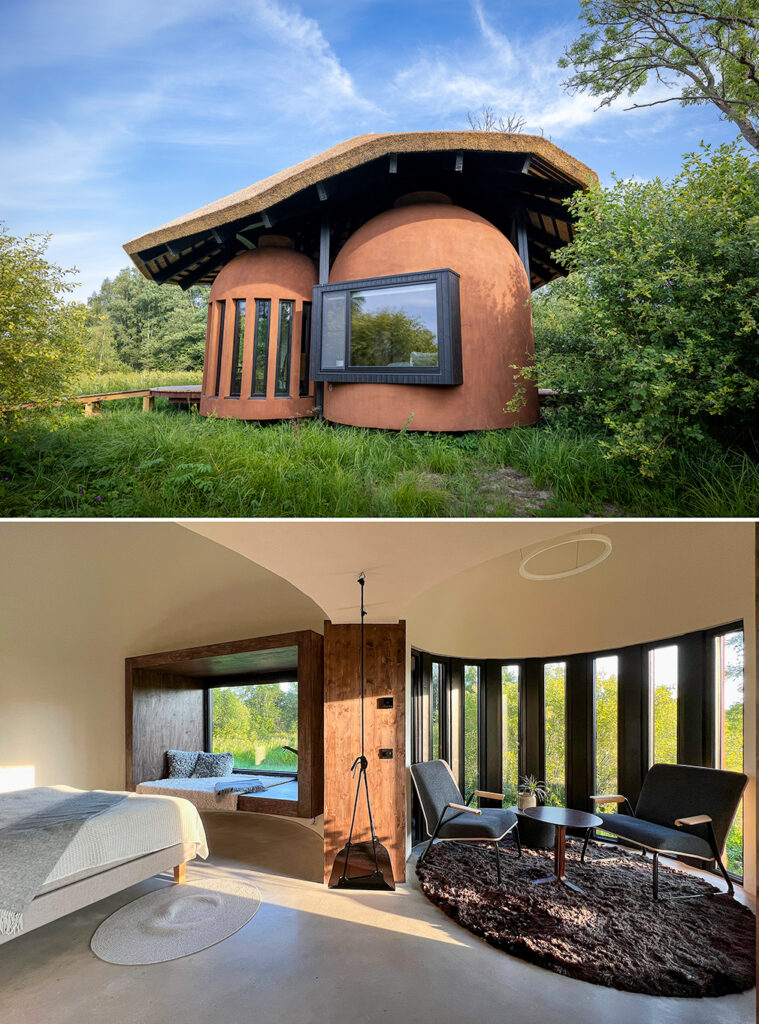
After morning dry saunas we continue our circumnavigation of Estonia on smooth, clearly marked roads toward Lahemaa National Park with a stop for lunch at Vihula Manor, one of more than 1000 manors and castles that dot the landscape, some dating back to the 13th century. We then head into the national park and explore the coastline and Jagala Waterfall before checking into the OOD Hotels Laheranna. The exteriors of the freestanding units are one-way mirrors reflecting the surrounding pine forest. Each comes with a wood-burning dry sauna. Dinner watching the sunset from the deck of Restaurant Ruhe in nearby Neeme Harbour followed by a sauna concludes another perfect day in Estonia.
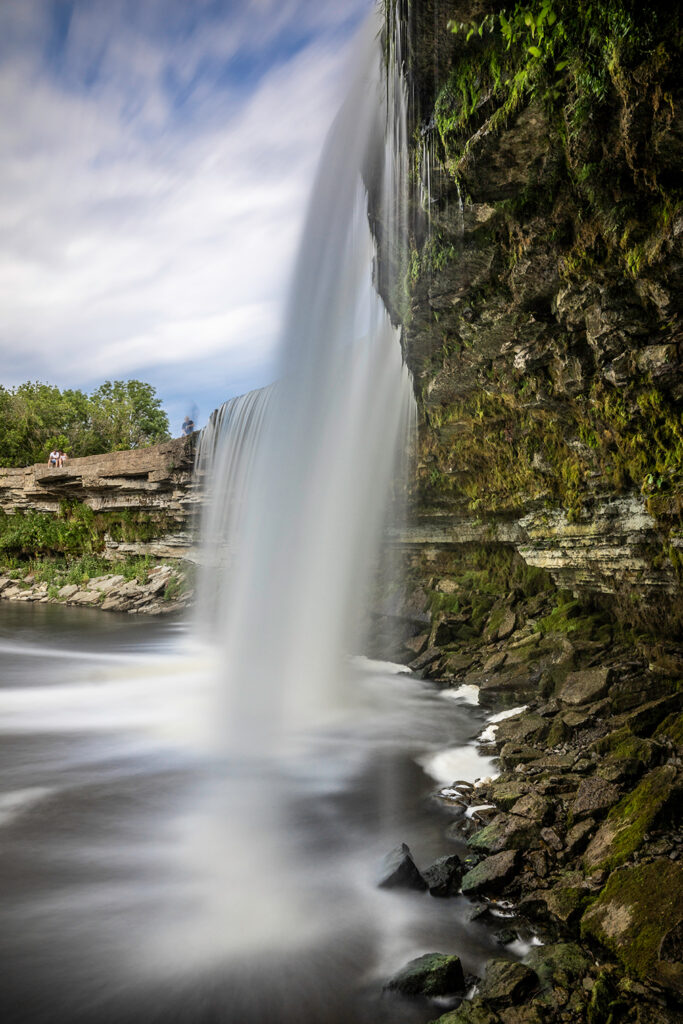
An early morning alarm means it’s time to get back on the road toward Lake Peipus on Estonia’s eastern border with a must-stop at the Viru bog with breathtaking views from its boardwalks and viewing platforms. For photography-focused travelers, the edges of the day in this nature reserve will yield the strongest images.
The western side of Lake Peipus (Russia is on the eastern side) is home to the Onion Route named for its most famous product which is sold roadside throughout the region, especially in the villages of Kolkja and Varnja, both homes to the “Russian Old Believers.” This group of displaced people planted their roots and onions here after fleeing religious persecution during the 17th-century church reform movement in Russia.
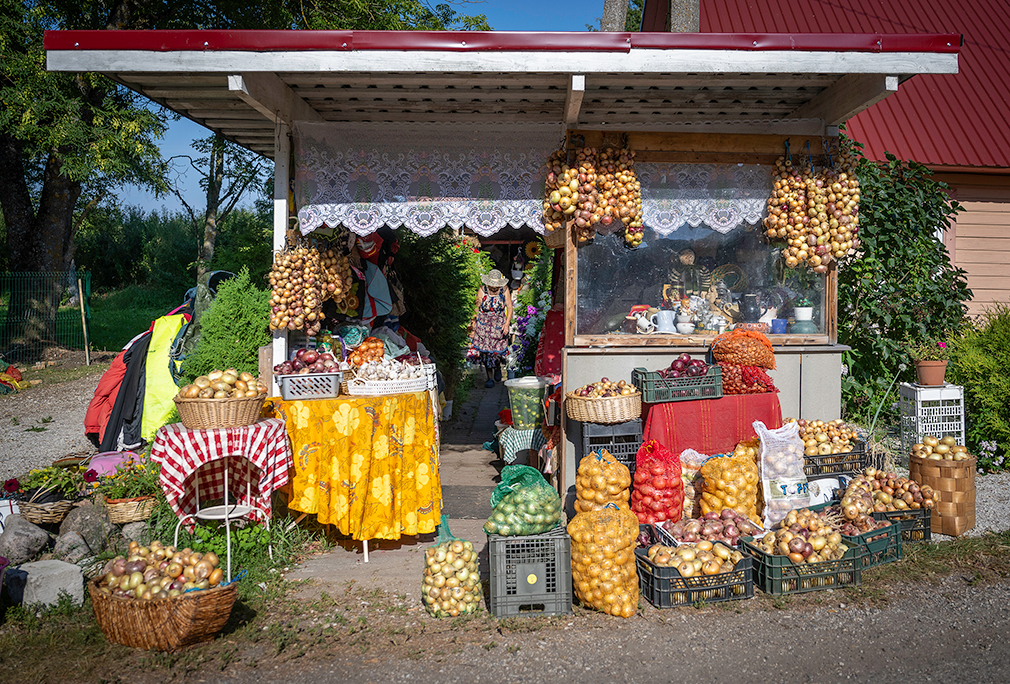
An al fresco lunch at Alatsikivi Castle starts with onion soup to get us into the spirit of the area. Our accommodations for the night are rustic Messe Tare boat houses https://mesitare.ee/en/ designed for intrepid travelers who really want to unplug. A late afternoon solo kayaking outing on the lake builds up an appetite for an evening of dinner, music, and a traditional weaving demonstration at the Turgi Craft Farm.
A breakfast onion pie at Messe Tare fuels us for the next leg of our journey, Wagenkull Castle (AKA Taagepera Castle) with a stop along the way to explore the university town of Tartu and a visit to the Estonia National Museum. Its current state-of-the-art building was designed by architects Dan Dorell, Lina Ghotmeh and Tsuyoshi Tane. Their design was inspired in part by the museum’s location on a former Soviet military aircraft runway.
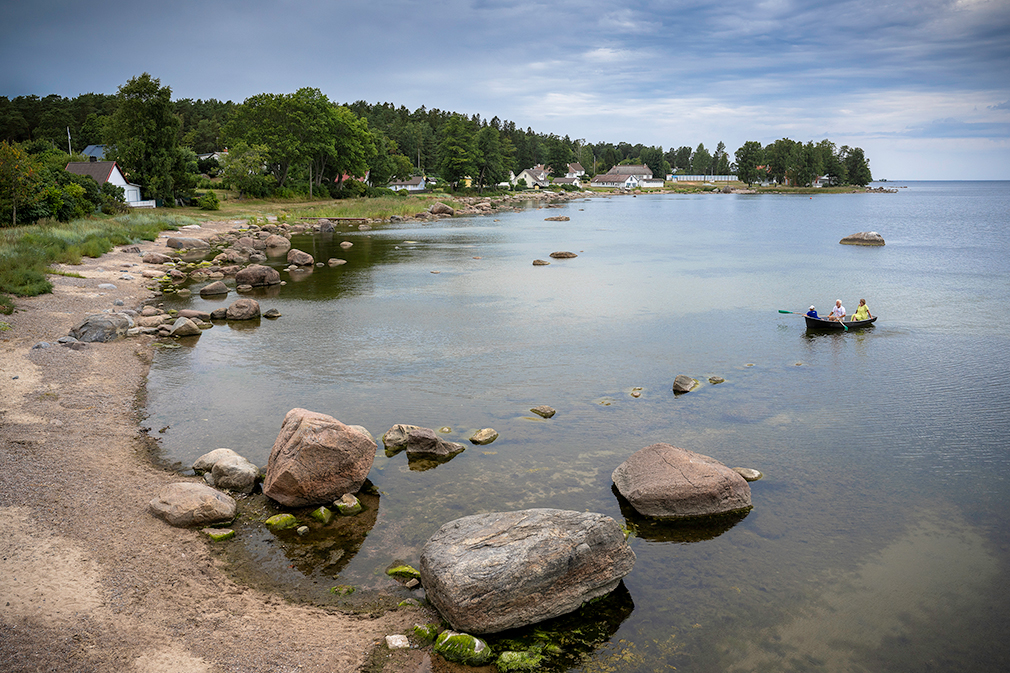
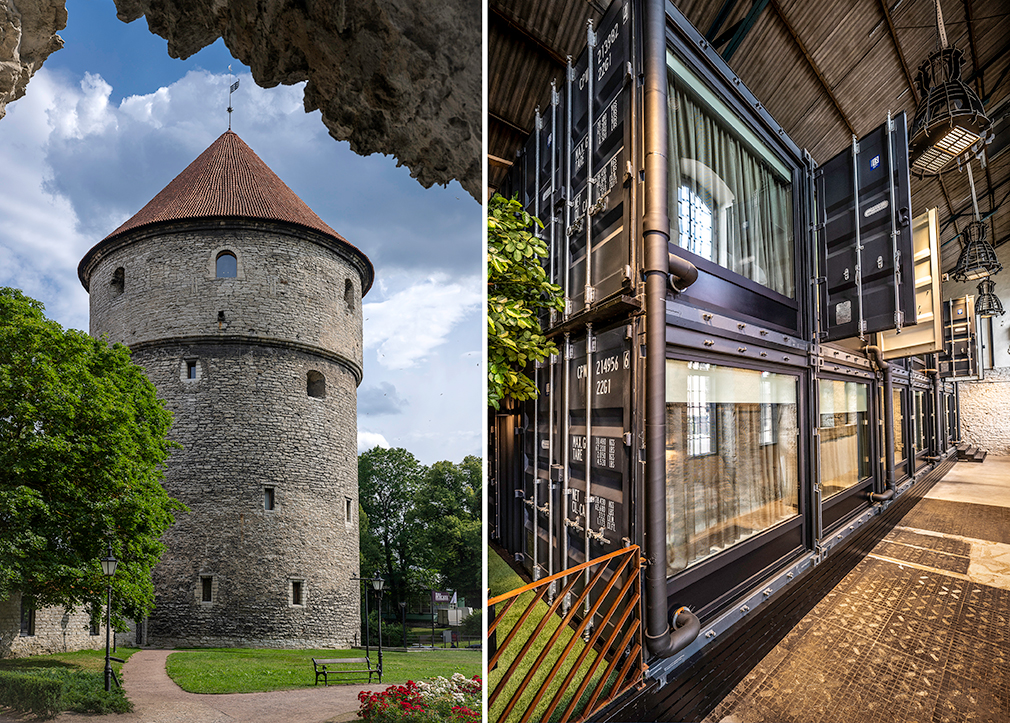
An hour from Tartu a very differently designed building comes into view above the treeline as we approach the Art Nouveau Wagenkull Castle. The resort is meant to be a destination in itself. Its dungeon (in reality a basement) hides a world-class spa complex with various types of saunas, steam rooms and whirlpools. Dinner in the castle’s restaurant is truly meant for a king.
After a morning round of sauna and steam, we head back to Tallinn with a stop along the way to explore the ruins of Viljandi Order Castle and have a lunch break at nearby Café Fellin. Our circumnavigation of Estonia on a tank and a half of fuel finishes at Tallinn’s Hektor Container Hotel where we hand our car key over to a Europcar representative. The next two days are spent delving further into all that Tallinn has to offer à pied from the ancient to the ultra-modern with lots of great food and drink along the way.
Adjacent to the Container Hotel is Telliskivi Creative City, the hottest of the hotspots in Estonia’s capital. Nighttime in particular in this art district has packed restaurants and bars with the gin-focused Juniperium Distillery and Nudist Winery being among its most popular watering holes. For photography aficionados, at least an hour should be devoted to exploring Fotografiska.

The Noblessner Seafront Quarter is another popular section of the city with a thriving nightlife. The Pohjala Tap Room and Brewery and Lore Bistro are two of its many dining options. The Estonian Maritime Museum www.lennusadam.euon the seafront is well worth a visit with its centerpiece being the submarine Lembit, launched in 1936 and serving under the Soviet flag during World War II.
For those who do venture to this off-the-beaten-path section of Europe spending a few days outside of the capital should be on the itinerary if the goal is to experience the essence of the country. In 2018 the wolf was named Estonia’s national animal, an apt choice for a modern nation that is proud of its deep wild roots and vast expanses of untamed nature.
